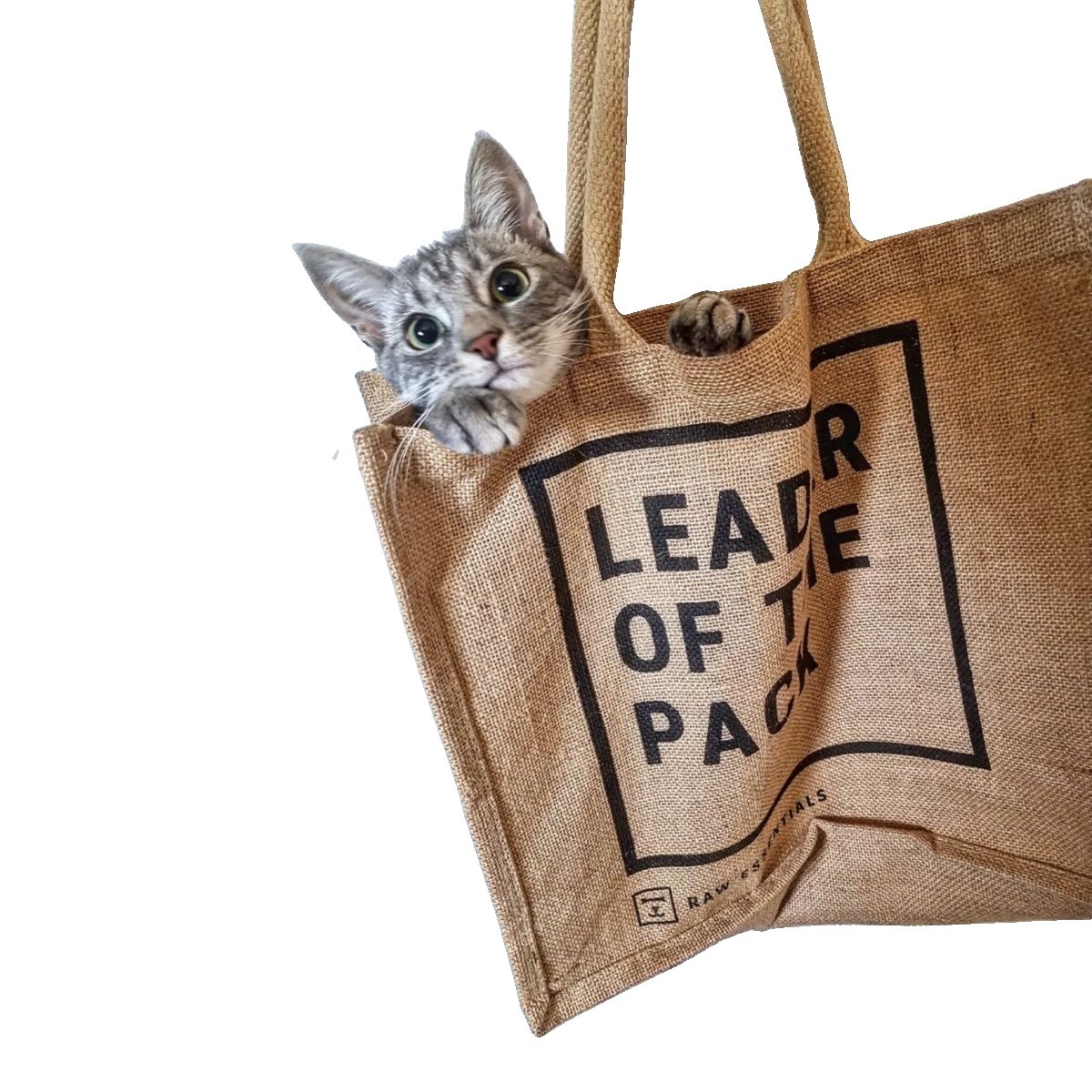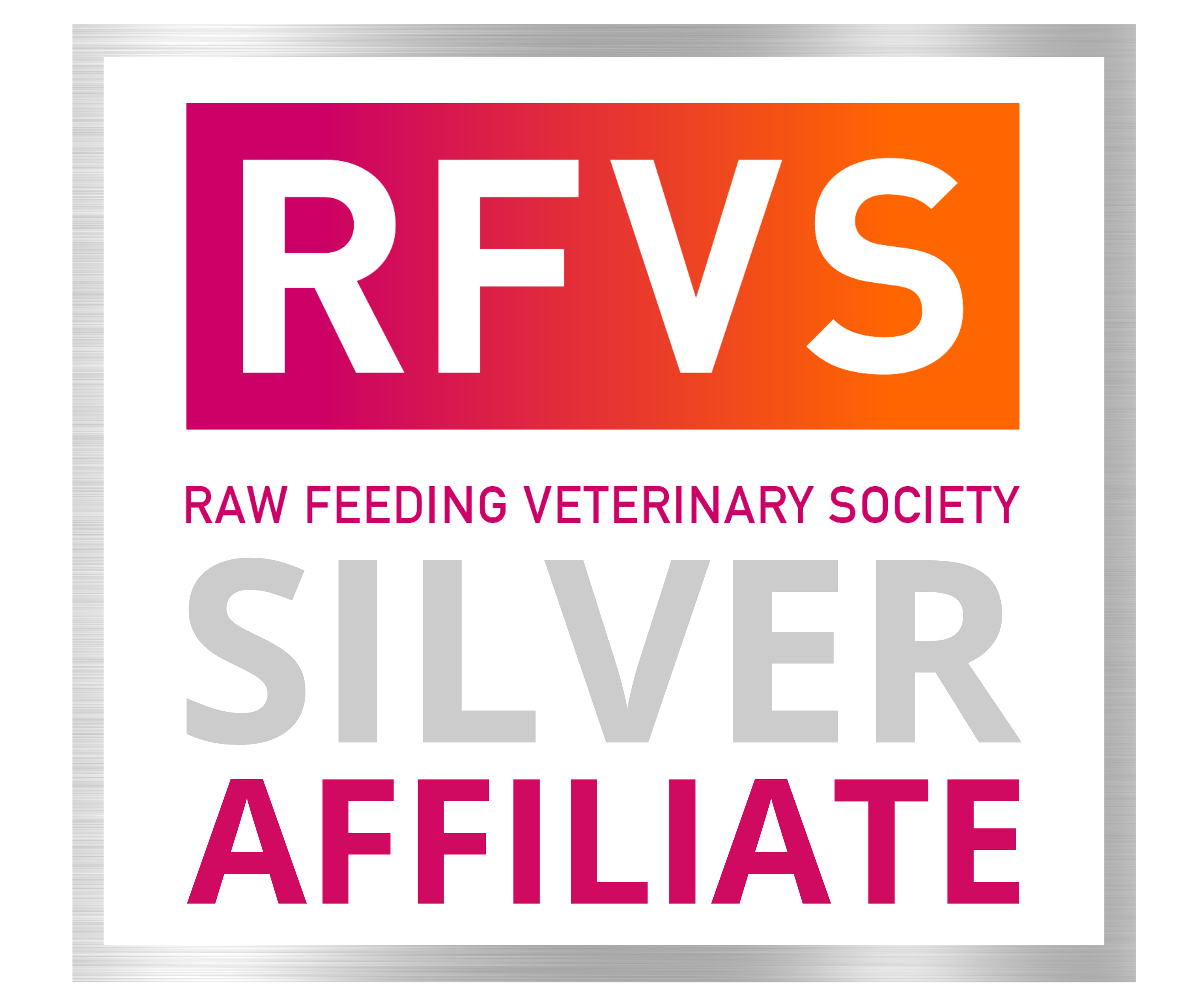Toxoplasmosis and Raw Feeding: What You Need to Know
At Raw Essentials, we understand that many pet parents have questions about food safety — including how parasites and other natural organisms found in meat, such as Toxoplasma gondii (toxoplasmosis), are managed in raw feeding. Here, we explain what toxoplasmosis is, how it’s transmitted, and the steps we take to minimise risk.
What is Toxoplasma gondii?
Toxoplasma gondii is a microscopic parasite found worldwide. It has two main forms relevant to pets and people:
Tissue cysts: Found in the muscles of some prey animals (e.g. rodents, sheep, goats, pigs, deer).
Oocysts: Shed only in cat faeces and can survive for long periods in soil, water, or the environment.
Cats are the definitive host, and most are exposed early in life. Once exposed, cats typically gain immunity and no longer shed oocysts. Dogs and people do not shed infective oocysts.
How do pets (and people) become infected?
Eating raw or undercooked meat containing tissue cysts
Ingestion of oocysts from soil, water, or surfaces contaminated by cat droppings
Hunting prey such as rodents or birds, and occasionally insects like cockroaches
In New Zealand, studies show that many cats, dogs, sheep, and people have already been exposed. For most, infection is mild or symptom-free. The groups most at risk are:
Immunocompromised individuals
Pregnant women (if they become infected for the first time during pregnancy)
Sero-negative cats (never previously exposed)
Does freezing kill Toxoplasma?
Yes. Multiple studies, including MPI technical reviews, confirm that freezing meat at –18 °C to –20 °C for several days inactivates the tissue cysts that may be present in raw meat. This is why freezing is widely used as a control step in the food sector.
Environmental oocysts (the form shed in cat droppings) are more resistant to freezing, but this stage does not occur in raw meat.
Our Approach at Raw Essentials
We take food safety seriously. To minimise risk:
Freezing process: All of our products are frozen before retail, in line with MPI standards.
High volumes, careful monitoring: We now retail over 30 tonnes of food weekly and maintain a detailed adverse event log. Our monitoring has not identified any cases of toxoplasmosis associated with our products.
Hygiene focus: We recommend excellent handling practices at home to further reduce any theoretical risk. Read our Food Safety Tips.
Putting Risk in Perspective
While no system can reduce risk to absolute zero, the risk of toxoplasmosis from properly frozen raw meat is considered extremely low. Pets are more likely to encounter Toxoplasma through environmental exposure such as hunting prey, drinking from puddles, or contact with garden soil.
Our freezing process, combined with strict hygiene recommendations and ongoing monitoring, ensures our products are as safe as possible.
KEY TAKEAWAYS FOR PET OWNERS
Toxoplasma is widespread in the environment — raw feeding is not the main risk.
Freezing meat is a proven, effective safety step.
With good hygiene, the risk from Raw Essentials products is extremely low.
We are committed to transparency and safety, and we regularly review the latest science to keep our practices up to date.
In short: By combining our strict freezing process with your good hygiene at home, the risk of toxoplasmosis from Raw Essentials food is extremely low.

Frequently Asked Questions
Can my dog give me toxoplasmosis?
No. Dogs and people cannot shed Toxoplasma oocysts. Only cats can, and usually only once in their lives when first exposed.
Does freezing make raw meat safe from toxoplasmosis?
Yes. Freezing meat at –18 °C to –20 °C for several days inactivates tissue cysts, which is why we freeze all of our products before retail.
What is Raw Essentials’ freezing practice?
All of our products are frozen to at least –20 °C for a minimum of 10 days. This exceeds international guidelines and provides a very high level of safety against parasites such as Toxoplasma, Giardia, Neospora, and Hydatids.
How else might my pet be exposed?
Through everyday activities such as hunting mice, eating insects, or contact with contaminated soil or water.
What can I do at home?
Follow good hygiene: wash your hands, clean bowls and surfaces, and store food properly.
References
Scientific & Government Reports
Lake RJ, Gilbert SE, Hudson JA, Cressey P (2008). Risk Profile: Toxoplasma gondii in red meat and meat products. MPI Technical Paper.
Read the 2008 technical paper updateMPI Technical Paper 2015/08: Risk Profile – Toxoplasma gondii in red meat and meat products.
Access Technical Paper 2015/08MPI Technical Paper 2015/33: Risk Profile Update – Toxoplasma gondii in red meat and meat products.
Access Technical Paper 2015/33MPI Microbial Pathogen Data Sheet: Toxoplasma gondii.
Read the official pathogen data sheet
Peer-Reviewed Research
Zarkovic A, McMurray C, Deva N, Ghosh S, Whitley D, Guest S (2007). Seropositivity rates for Bartonella henselae, Toxocara canis and Toxoplasma gondii in New Zealand blood donors. Clinical & Experimental Ophthalmology, 35(2):131–134.
Abstract on PubMedRoyal Society Open Science (2024). Modelling transmission and control of Toxoplasma gondii in New Zealand farmland.
Read the 2024 Royal Society Open Science article
Food Safety Agencies
Food Standards Australia New Zealand (FSANZ) (2014). Toxoplasma gondii pathogen summary.
Read the 2014 FSANZ summary
Food Hygiene Guidelines
Best hygiene and handling practices – FSANZ & MPI guidelines for raw meat handling:
